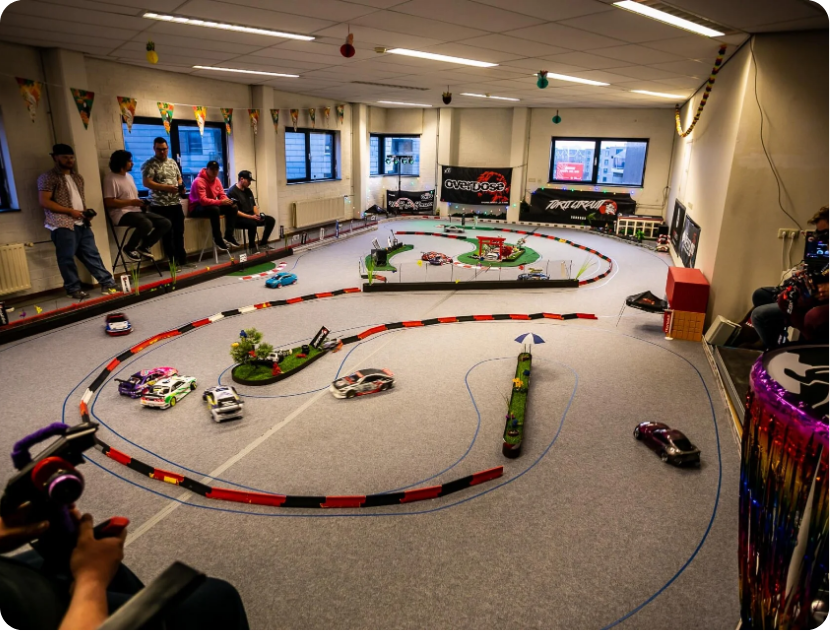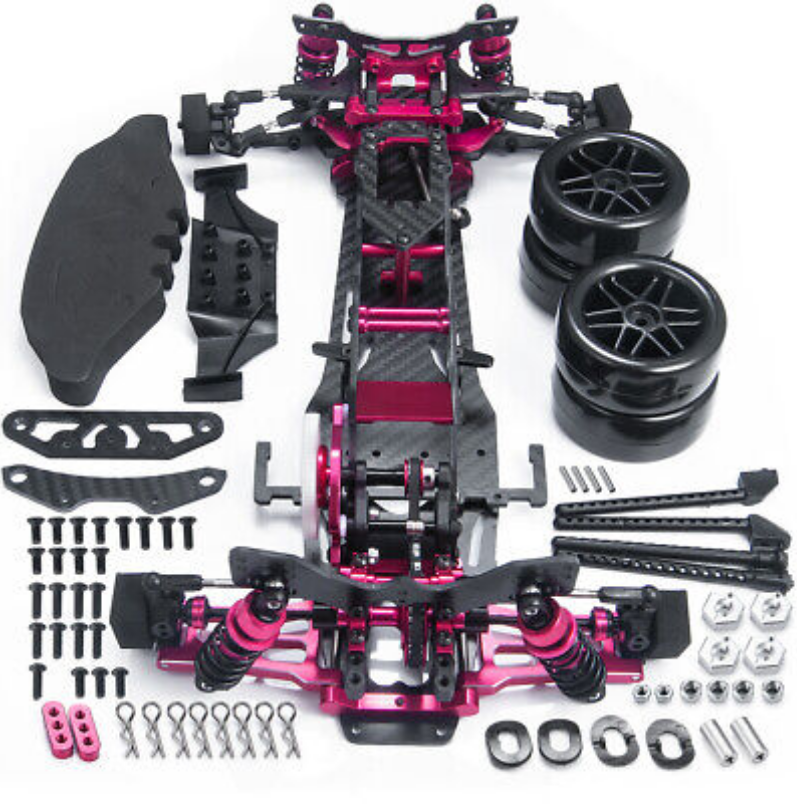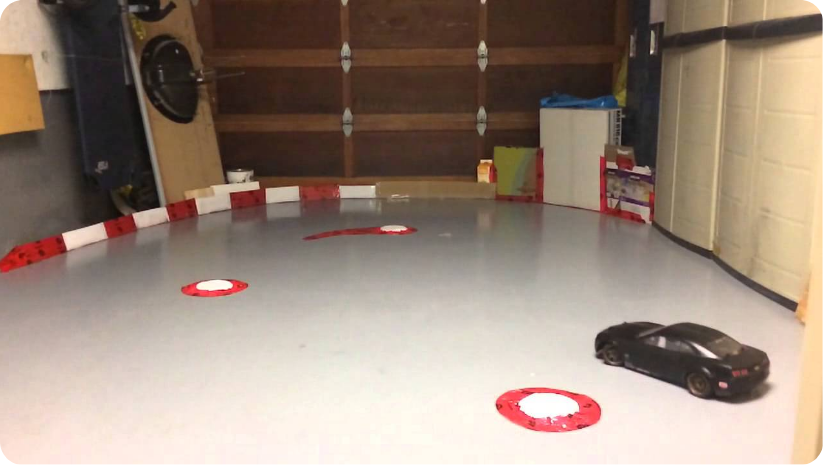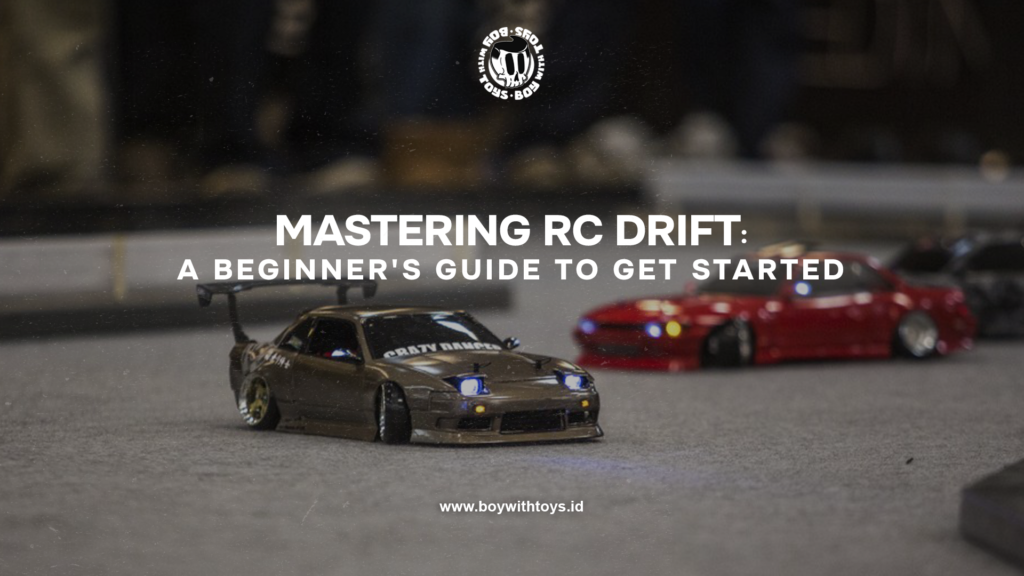Blog
Mastering RC Drift: A Beginner’s Guide to Get Started
Are you ready to dive into the thrilling world of RC drifting? This exciting hobby combines speed, precision, and skill, making it a favorite among remote control enthusiasts. In this guide, we’ll cover everything you need to know to get started with RC drifting, from the essential gear to the best practice locations. Let’s get drifting!

What You Need to Start Your RC Drifting Journey
Before you can unleash your inner drift king, you’ll need the right tools. Here’s a breakdown of the essential equipment:
1. The RC Drift Car: Your Choice of Weapon
Choosing your first RC drift car is a crucial decision. There are two main options:
- Ready-to-Run (RTR): These are pre-assembled and ready to go, perfect for beginners. They eliminate the complexities of building and allow you to focus on learning to drift. Many RTR options are specifically designed for drifting, featuring features optimized for controlled slides.
- Kits: For those who enjoy building and customizing, kits offer a more hands-on experience. You’ll assemble the car from individual parts, allowing for greater personalization and a deeper understanding of its mechanics. However, this requires more technical skill and time.
2. Transmitter and Receiver: Your Communication Link
The transmitter (your remote control) and receiver (in your car) are your connection to the action. A reliable 2.4GHz system is recommended for its extended range and interference resistance, ensuring smooth control even in crowded environments.
3. Power Up: Batteries and Charger
LiPo (Lithium Polymer) batteries are the standard for RC drifting due to their high power density. Invest in a quality LiPo charger compatible with your chosen battery type. Remember to always follow safe charging practices.
4. Spare Parts: Expect the Unexpected
Drifting is a demanding activity, and crashes are inevitable. Having a stock of spare parts, including tires, gears, and body panels, will minimize downtime and keep you drifting longer.
5. Safety Gear: Protect Yourself
While not strictly mandatory, safety glasses and gloves are highly recommended. These protect your eyes from flying debris and your hands from potential injuries.

Finding Your Perfect Drifting Practice Ground
Choosing the right practice location is vital for safe and effective learning. Consider these options:
1. Dedicated RC Tracks: The Professional Approach
Many areas have dedicated RC tracks with designated drifting areas. These offer a controlled environment, often with smooth surfaces and minimal obstacles. Plus, you’ll meet fellow enthusiasts and learn from their experience.
2. Empty Parking Lots: Your Urban Playground
Large, empty parking lots with smooth asphalt can be excellent practice areas, especially during off-peak hours. Ensure the lot is clear of obstacles and traffic before you begin.
3. Private Property: Backyard Bliss
If you have access to a large, flat backyard or open field, this can be a convenient and private practice space. Just be sure to clear the area of any potential hazards.

Mastering the Art of RC Drifting: Techniques and Tips
Learning to drift effectively takes time and practice. Here’s a breakdown of essential techniques:
1. Throttle Control: The Key to Smooth Slides
Smooth and precise throttle control is paramount. Avoid jerky movements; instead, practice gradual acceleration and deceleration to initiate and maintain your drifts.
2. Weight Transfer: Shifting the Balance
Understanding weight transfer is crucial. By steering into the turn and then applying throttle, you shift the car’s weight, breaking traction and initiating the drift.
3. Countersteering: Maintaining Control
As your car begins to slide, countersteering (steering in the opposite direction) helps you control the angle and maintain the drift. This takes practice and feel.
4. Practice Makes Perfect: Repetition is Key
Consistent practice is the only way to truly master RC drifting. The more time you spend behind the wheel, the better you’ll become at controlling your car’s movements.
5. Understanding Your Car’s Setup: Fine-tuning for Success
Experiment with different settings on your car, such as suspension adjustments and tire pressure, to find the optimal setup for your driving style and the track conditions.
Common Mistakes to Avoid
Beginners often make these mistakes:
- Jerky throttle inputs: Smooth, controlled throttle is key.
- Over-steering: Start with gentle steering inputs and gradually increase as you gain confidence.
- Ignoring weight transfer: Mastering weight transfer is crucial for consistent drifts.
- Not practicing enough: Consistent practice is essential for improvement.
Joining the RC Drift Community: Learn and Grow Together
Connecting with other RC drift enthusiasts is invaluable. Here’s how:
- Online Forums and Social Media: Join online communities to share experiences, ask questions, and learn from others.
- Local RC Clubs: Many areas have RC clubs that organize events and practice sessions.
- YouTube Tutorials: Numerous YouTube channels offer valuable tutorials and tips.
RC drifting is a challenging but incredibly rewarding hobby. By following this guide, practicing consistently, and engaging with the community, you’ll be well on your way to mastering the art of controlled chaos. Get out there and start drifting!

